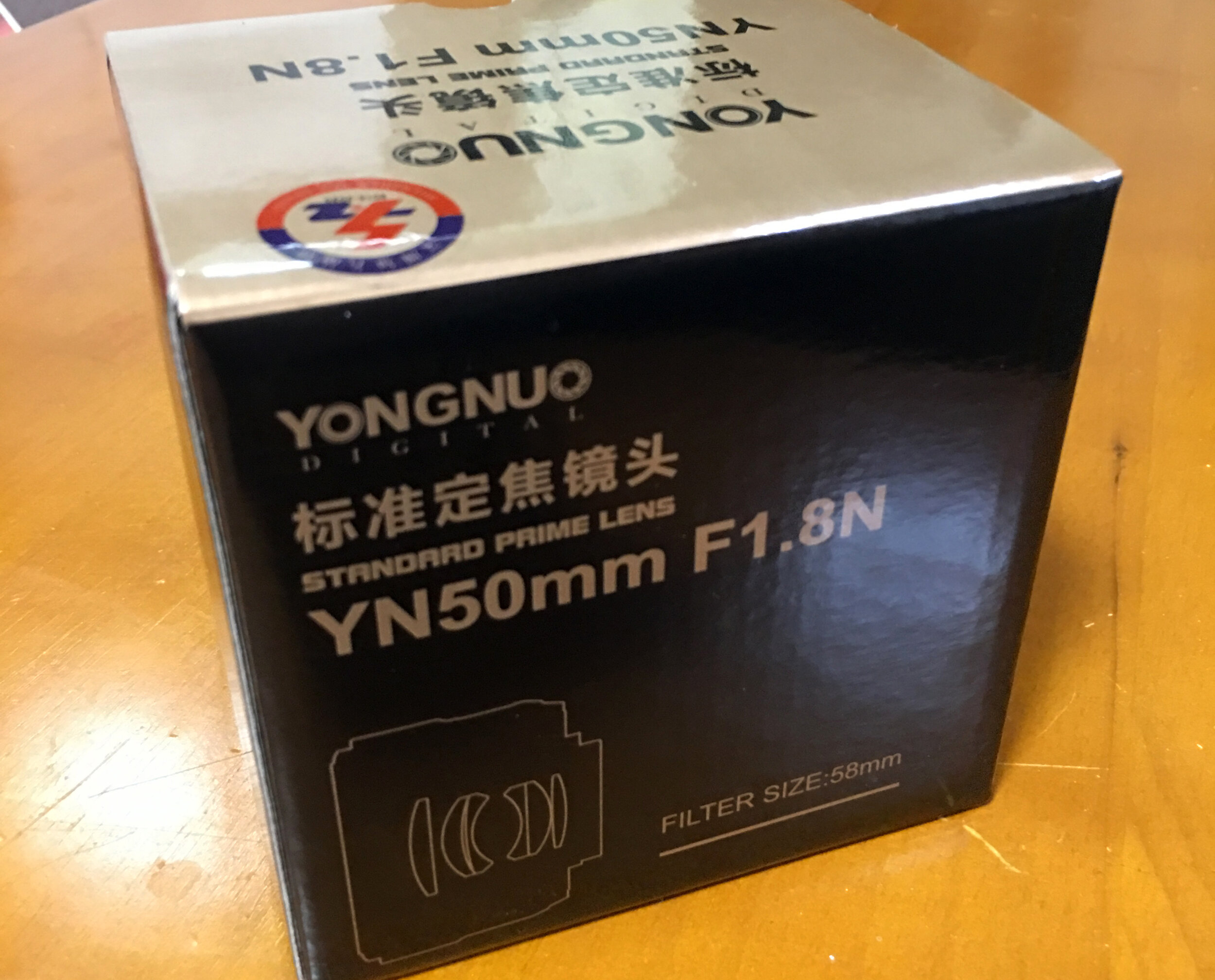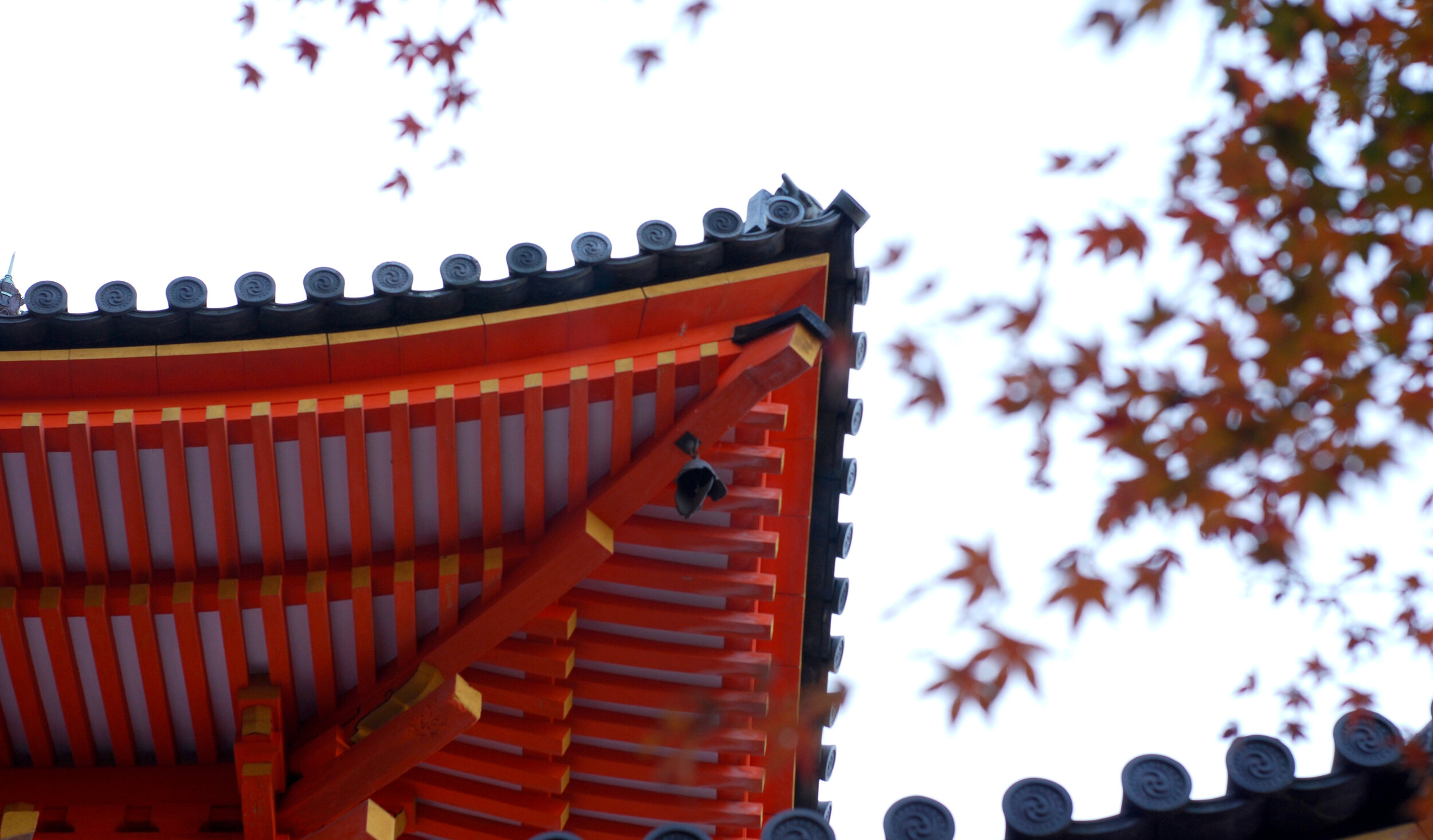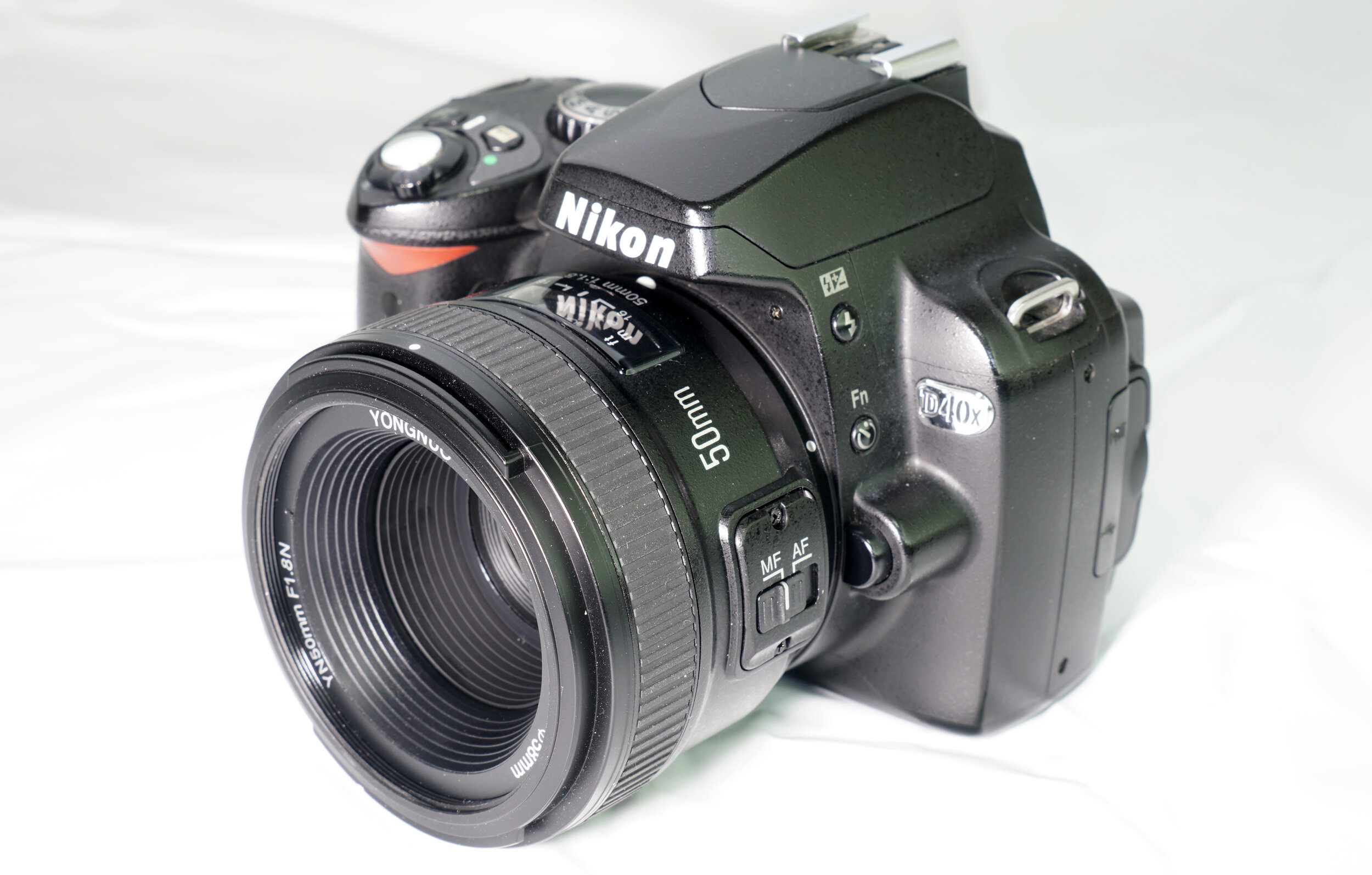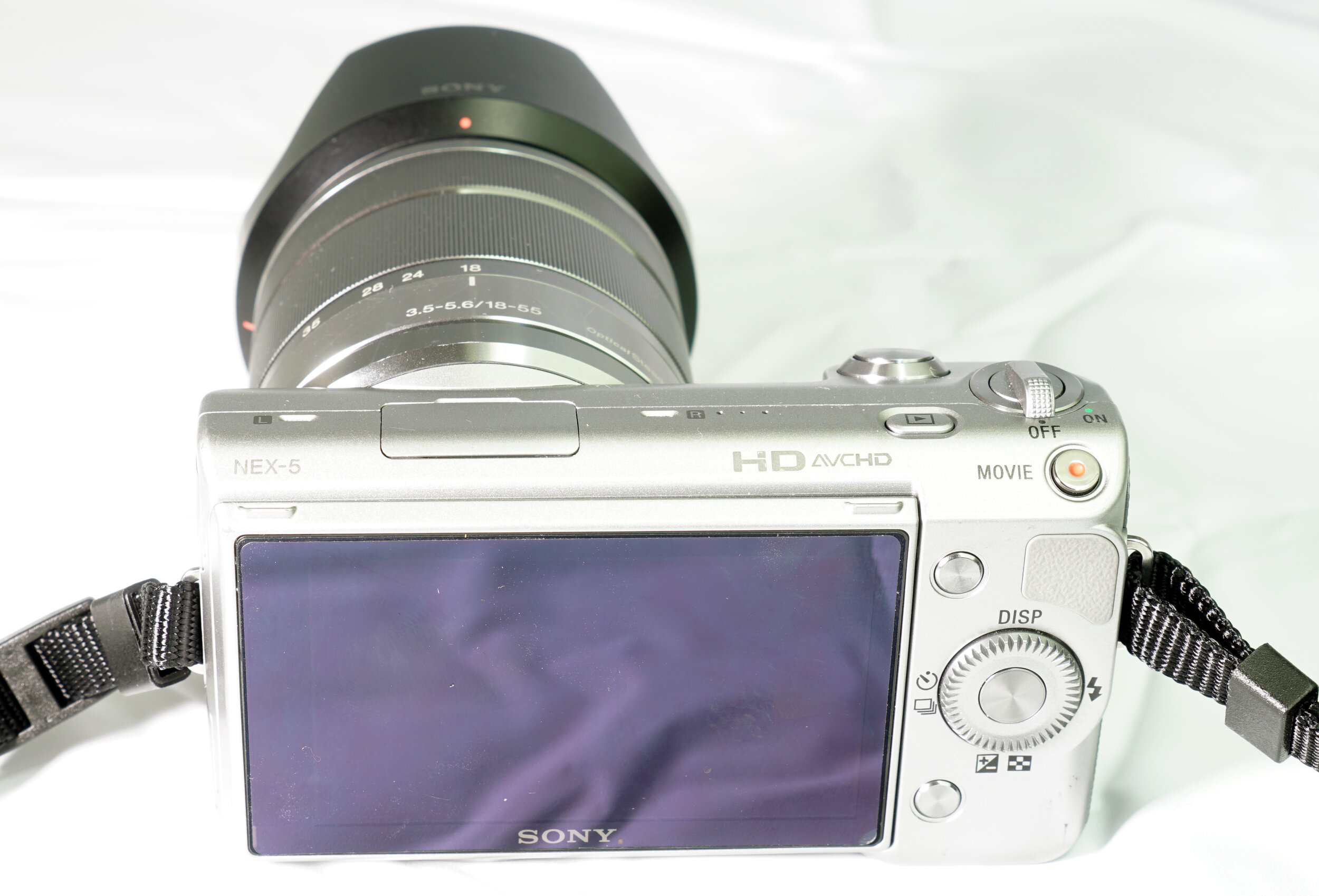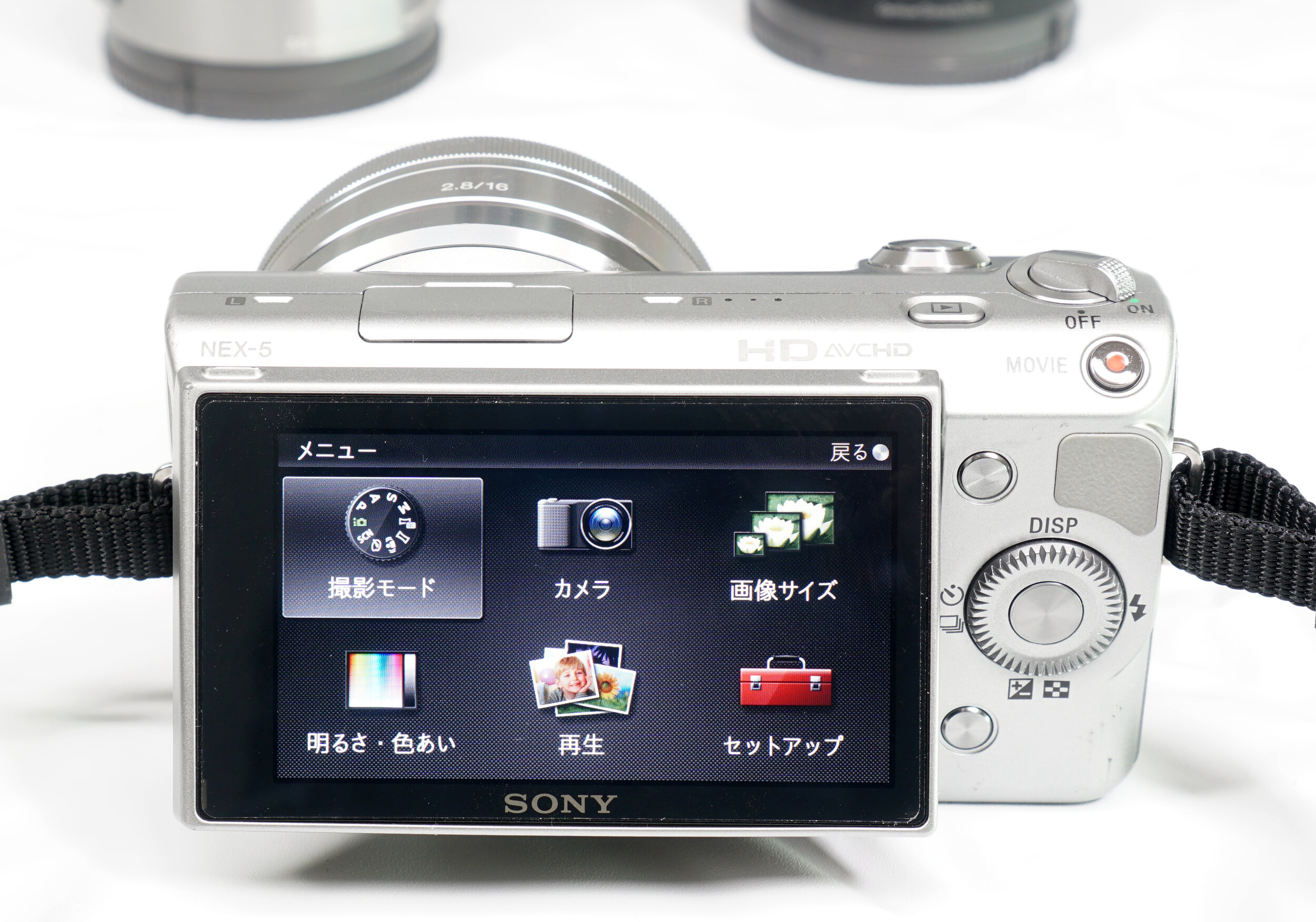Prince and Skyline Museum (プリンス&スカイラインミュウジアム) in Okaya, Nagano
The same weekend I attended the MX-5 Roadster Karuizawa Meeting, I wanted to make it a point to check out the Prince and Skyline Museum located in Okaya, Nagano Prefecture. Driving from Fukui, it took quite a bit of my day to get there, but I made it with plenty of time before they closed at 5.
A family park and small amusement area with several parking lots surrounds the grounds where the museum is located. From the main parking lot, only a small sign pointed the way up the hill. The building itself only had two signs that hinted at the treasures inside.
Entry was a reasonable 1000¥ and the first floor housed a gift shop and a single car.
Despite walking down a flight of steps in the basement, it was as if the sky line opened up before me. Immediately, I could feel a sense of childlike wonderment envelop me as I strolled through the densely packed room of Nissans. Here I was, practically alone in this whole room all to myself (with merely a couple, their child, and a staff member wandering about briefly).
The first area was lined with display cases of replica scaled cars, a few parts, magazines, manuals, and other paraphernalia.
The front had these beautiful, immediately recognizable Nissans.
The right side and left sides of the museum housed pristine examples of historic Nissans.
Toward the back wall sat these gorgeous beauties.
So, any chance I can drive these home?
According to a staff member, some of the cars are rotated out, so selection of cars will vary depending on when you visit. Also to note, the museum is closed in the winter months from November to March.
Prince and Skyline Museum



























